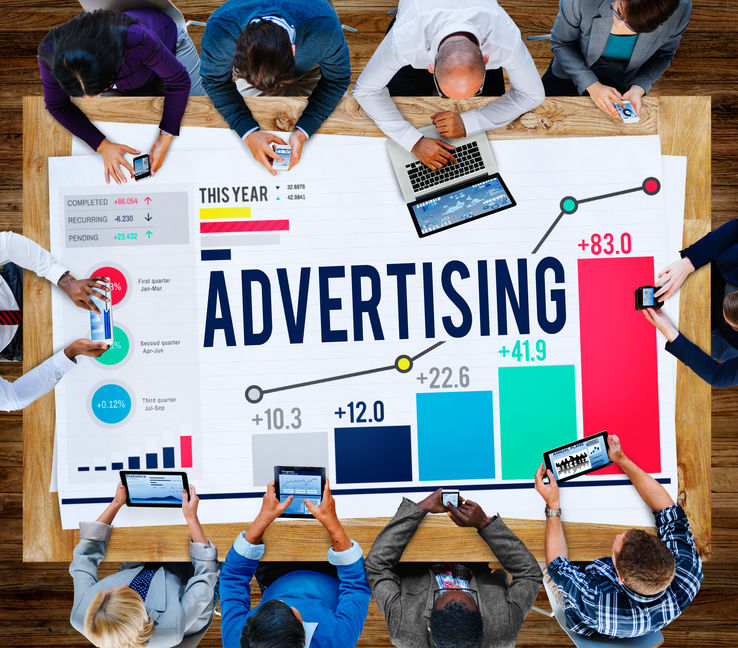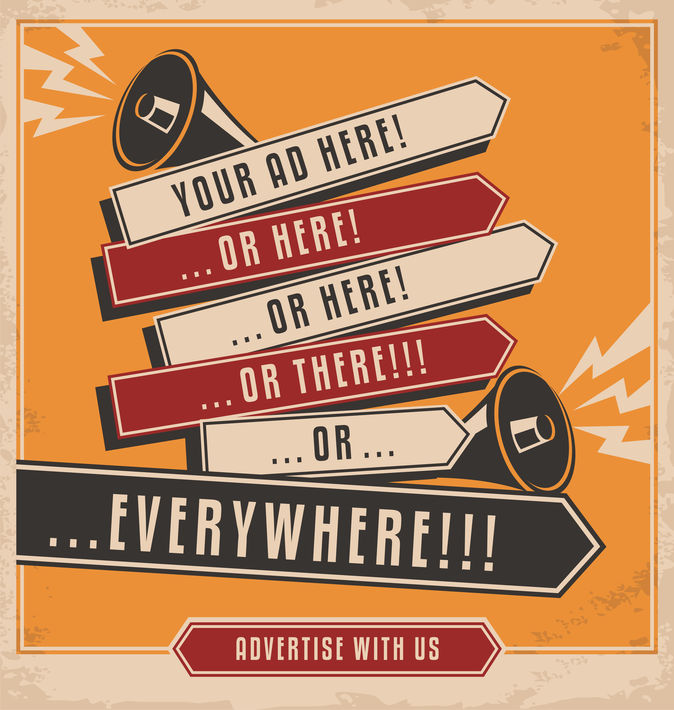
In the past, traditional advertising outlets were limited to radio, TV, print publications and outdoor signage. With the new economy, however, savvy marketers add digital outlets to the mix. As a result of the multitude of advertising platforms available today, it’s important to know which ones to choose based on the likelihood of attracting the greatest response from prospects and customers. Variables include common buyer personas, target market segments and the spaces where prospects and customers congregate. Here is a breakdown of advertising platforms to consider when deciding where to invest your marketing dollars.
Top 6 Platforms for B2B Advertising



- Search Engine. The primary goal of search engine advertising is to increase click-through rates to a company’s website. Pay-per-click advertising (PPC) is one of the most popular forms of digital advertising and can help your company appear higher or at the top of search query results page. As the name states, advertisers pay a publisher (search engine, website owner or network) whenever an ad is clicked. The use of search engines continues to rise and marketers understand the importance of appearing in the nearly six billion search queries entered per day. Most companies can benefit from search engine advertising as a large number of B2B prospects are active users of Google, Bing, Yahoo and other popular search options. Google holds the number-one spot for US digital ad spending at 38.6 percent.
- Social Media. While search engines may have widespread use, social media platforms are where digital users “hang out.” In fact, social media platforms capture 33 percent of the time users spend online. PPC advertising is another big player when it comes to social-media platforms such as Facebook, Instagram and LinkedIn. Generally, social media ads can be more flexible and may include graphics, video or interactive content. Most social media advertising come with built-in analysis, budget tools and the ability to discontinue advertising at any time. Research which social platforms your clients and prospects are active on and test the waters with small campaigns to see which are most effective.
- Video. Effective video advertising can require specialized software, access to equipment, editing and graphic skills, and a bigger marketing budget. Yet the increase in the prevalence of video advertising can make all the effort worthwhile. Videos demonstrate your company’s modern (and trending) expertise and can showcase your product or service in action. Ad-maker programs such as Biteable or Adobe have made video production easier but consider outsourcing to an expert if you’re a beginner. Well-produced and high-quality video content is common today, so there’s little forgiveness for low-quality ads. YouTube is an excellent free platform for posting videos and comes with various advertising options. Videos can also be distributed via other platforms such as Facebook, Twitter, your website or television.
- Print. Glossy print ads may not be dynamic or interactive like digital ads, but they are still a highly effective platform for reaching new audiences. When placed in the appropriate magazines, they promote and reinforce your brand and position your company as an established vendor. Trade magazines can offer highly centralized avenues for niche segments and are a great option for more specialized industries. Because print ads lack the tracking benefit of digital options, be sure to assign a dedicated phone number or website address to each ad so you can determine its impact.
- Direct Mail. It’s popular opinion that mail is slowly dying in the U.S., but consider this statistic: 80-90 percent of direct mail is opened per day, compared to only 20-30 percent of email. The digital marketplace is highly saturated and it can be hard to compete with so much engaging content. While direct mail may be considered a less trendy practice, diversifying your advertising outlets can greatly increase your lead generation. Set yourself apart from the pack and target a segment of your prospects by going directly to their mailbox.
- Public/Billboard. Another form of traditional advertising, billboard and public advertising still has wide prevalence in today’s marketplace. B2C advertising dominates this space, but for those companies that have a specific geographic target market, outdoor advertising can contribute to a company’s brand recognition. Options to consider include universities, transit centers and high-traffic areas. This type of advertising is particularly effective for local businesses looking to serve local markets.
Aim For the Bullseye

Unlike B2C advertising, B2B advertising typically isn’t sexy, humorous or emotional. Because the target markets can be so specific, ads become less about being eye-catching or provocative and more about directly speaking to your ideal customers. While a good ad should be attractive and invite viewers to click through to drive sales, choosing the right platform to reach your audiences is the most important step. Ensure your ads are reaching your target market first, and then work to develop to most effective strategy for capturing leads to generate new business.
